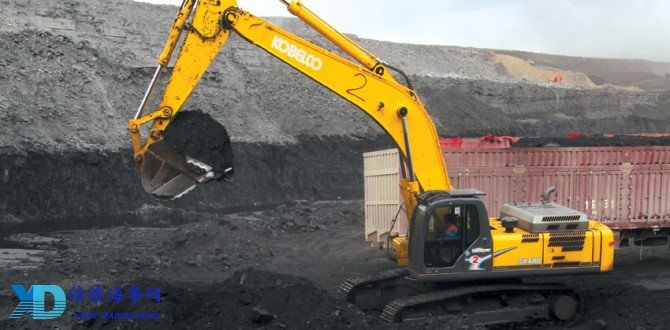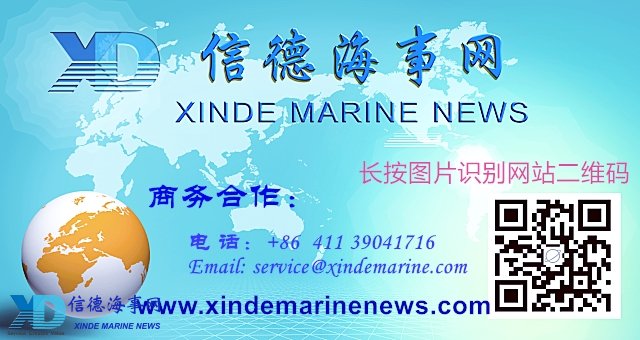Mongolian coal is expected to gain more opportunities in China, the world's largest coal consumer and importer, said industry executives at the 7th Coal Mongolia 2017 on September 7.

The Chinese government's campaign to cut surplus coal capacity is one major opportunity for Mongolian coal to expand market shares in China, said Jia Jianjun, president of Mengchuan Wuhua Energy Co., Ltd.
The country shut more than 290 million tonnes per annum (Mtpa) of surplus coal capacity last year, and has pledged to slash another 800 Mtpa in the next three to five years, as part of the efforts to remove excessive capacity and optimize the bloated industry.

"The de-capacity drive thus has provided a prime chance for Mongolian coal to fill in," said Jia.
Shanxi is the only province that is capable of unleashing more capacity, but mainly high-sulfur coking coal; other main production bases are all facing depletion of resources, according to Jia.
He noted that China's demand for coking coal is not likely to fall sharply in the near future, indicating that demand for Mongolian coal may sustain.
The construction of railways and roads connecting border crossings with inland and coastal areas will also maintain China as the largest buyer of Mongolian coking coal in the foreseeable future, he said.
Meanwhile, deeper cooperation with Chinese market players will be an optimal choice for Mongolian coal industry to grow healthy and sustainably, Jia pointed out. "Fully use of third party information platform like sxcoal.com will help Mongolian miners operate more wisely," he said.
Sxcoal.com plans to unveil CCI Mongolia Coal Index to provide reference for the Mongolian coal industry to better understand the Chinese market and make pricing and other crucial decisions.
In 2016, Mongolian coal mainly flew to Xinjiang, Gansu, Inner Mongolia, Ningxia, Hebei and Shanxi, with main clients including Baotou Iron and Steel Co., Ltd, Jiuquan Iron and Steel Co., Ltd, Xuanhua Iron and Steel Co., Ltd and coking plants in Wuhai.
Western China accounted for 35-40% of Mongolian coal imports, while central and eastern regions accounted for 35-40% and 20-30%, respectively.
However, transportation has always been a bottleneck of coal trades between the two countries. How to reduce logistics cost is one key factor influencing future coal trades.
It costs about 535 yuan/t to ship Mongolian coal to Chinese end users and requires more than three times of loading, with logistics fees taking as high as 43.8% of total import cost.
Shanxi, China's leading coking coal producer, also has demand for Mongolian coal, according to Zhang Gangfeng, secretary general of Shanxi Coking Industry Association and vice chairman of China Coking Industry Association.
With increasing coke-making capacity, Shanxi would been unable to meet demand with its own coking coal output, Zhang said. The province has 80 Mtpa of new and expansion coke projects developed in the past two years, and are expected to start operation gradually in the next five years.
"This will boost total coke production capacity in Shanxi to 200 Mtpa, accounting for 35.5% of the country's total," he said.
The 1/3 coking coal imported at Ceke border crossing could be further lowered in ash content after washing, and blended with hard-to-wash high ash coking coal produced in Shanxi, said Zhang.
The imported low-sulfur material at Ganqimaodu border crossing will be complementary to growing output of high-sulfur coking coal in Shanxi, he added.
Shanxi is expected to replace the traditional buyers of Hebei and Shandong, where many coking plants were shut for pollution concerns, to become a major consumer of Mongolian coal in China, Zhang said.
Hebei and Shandong, two main buyers of Mongolian coal, have seen a contraction in demand for coking coal following shutdown of over 20 Mtpa of coke capacity in recent three years.
source:Fenwei Energy
投稿或联系信德海事:
admin@xindemarine.com




